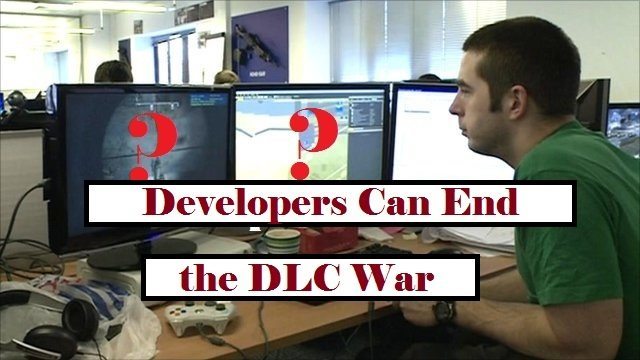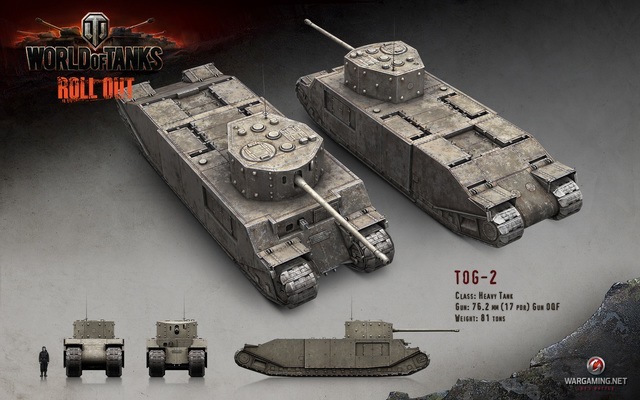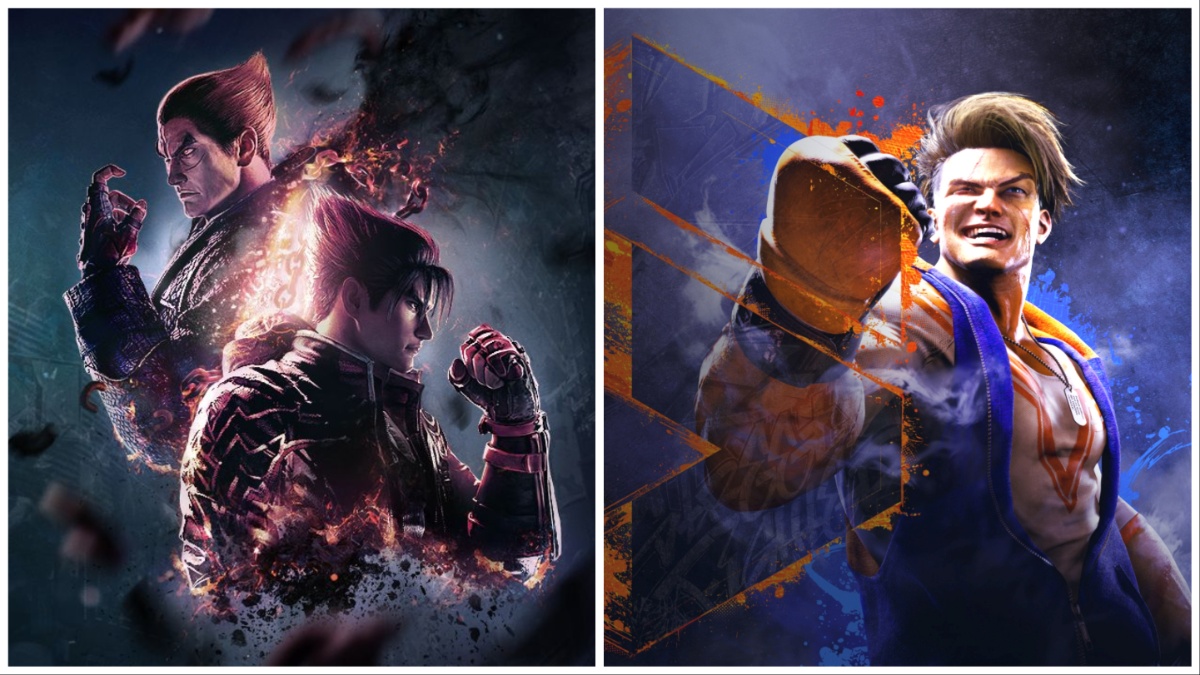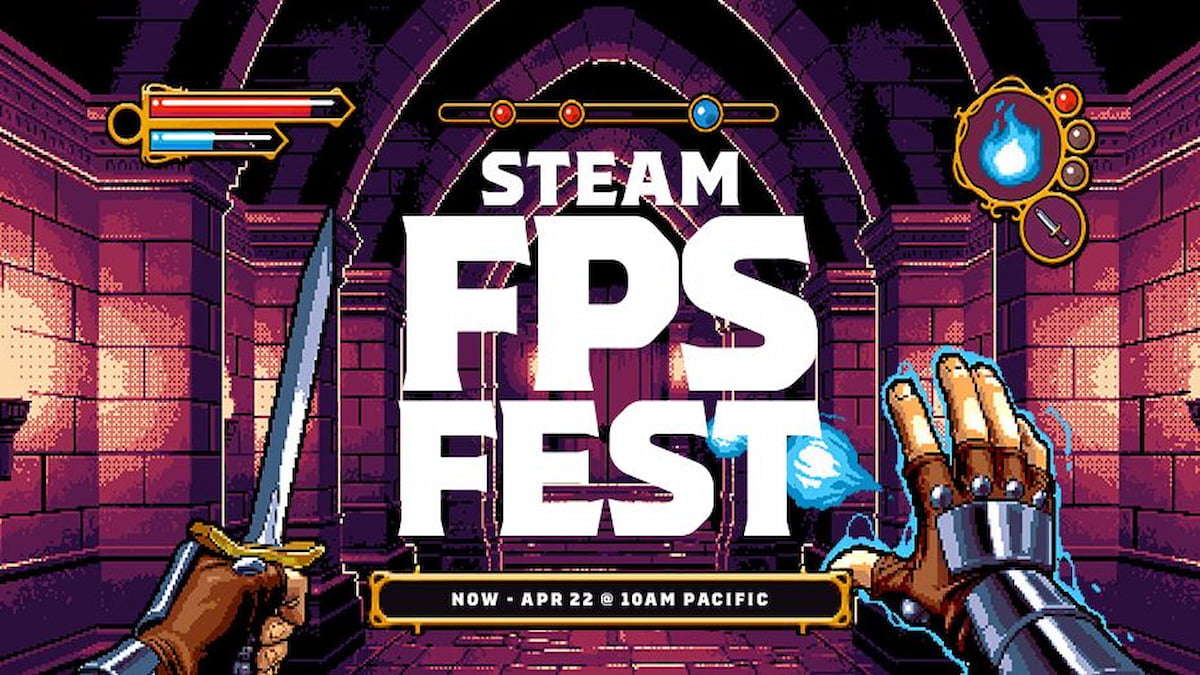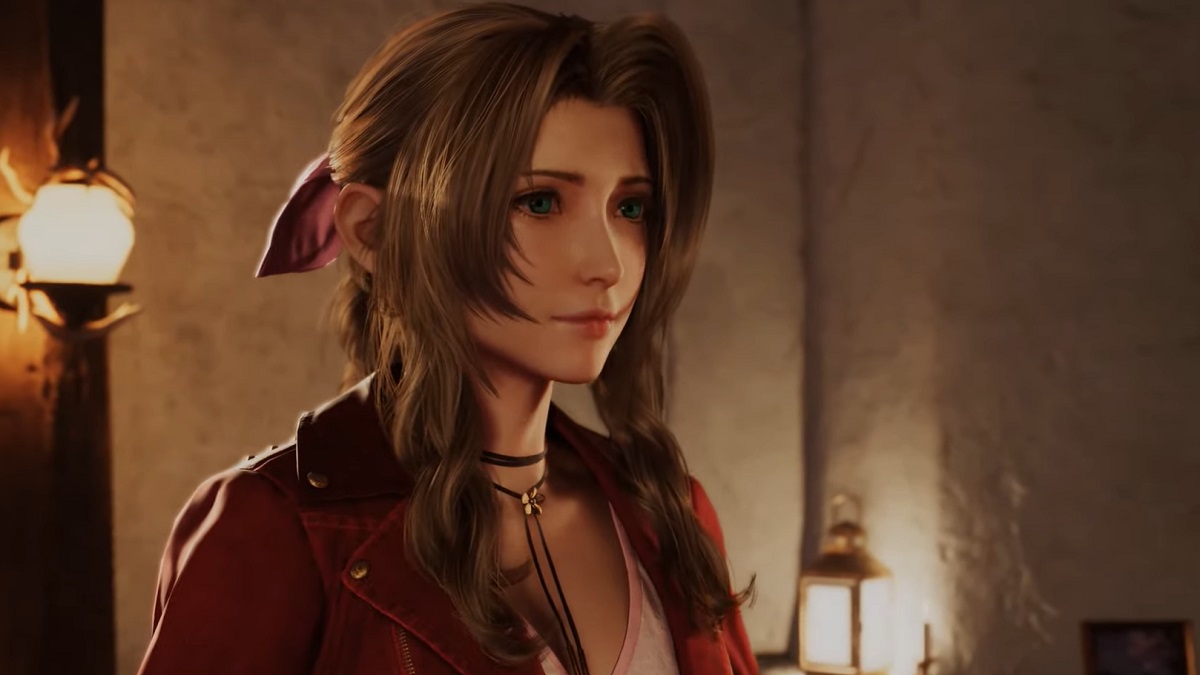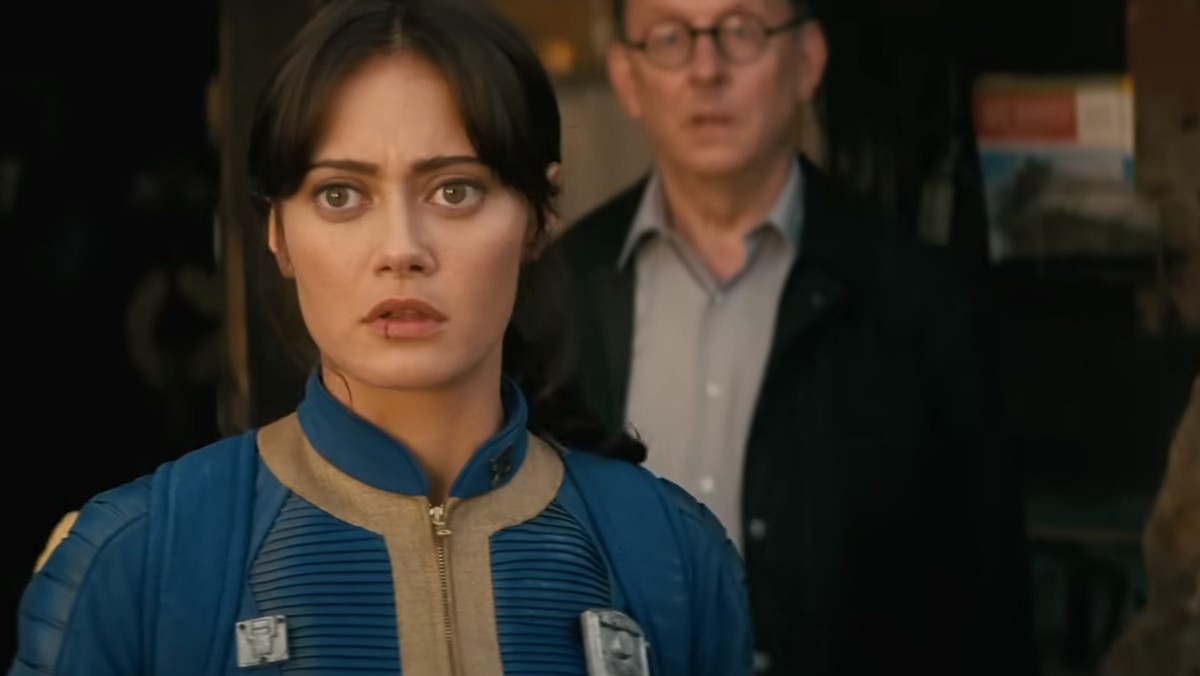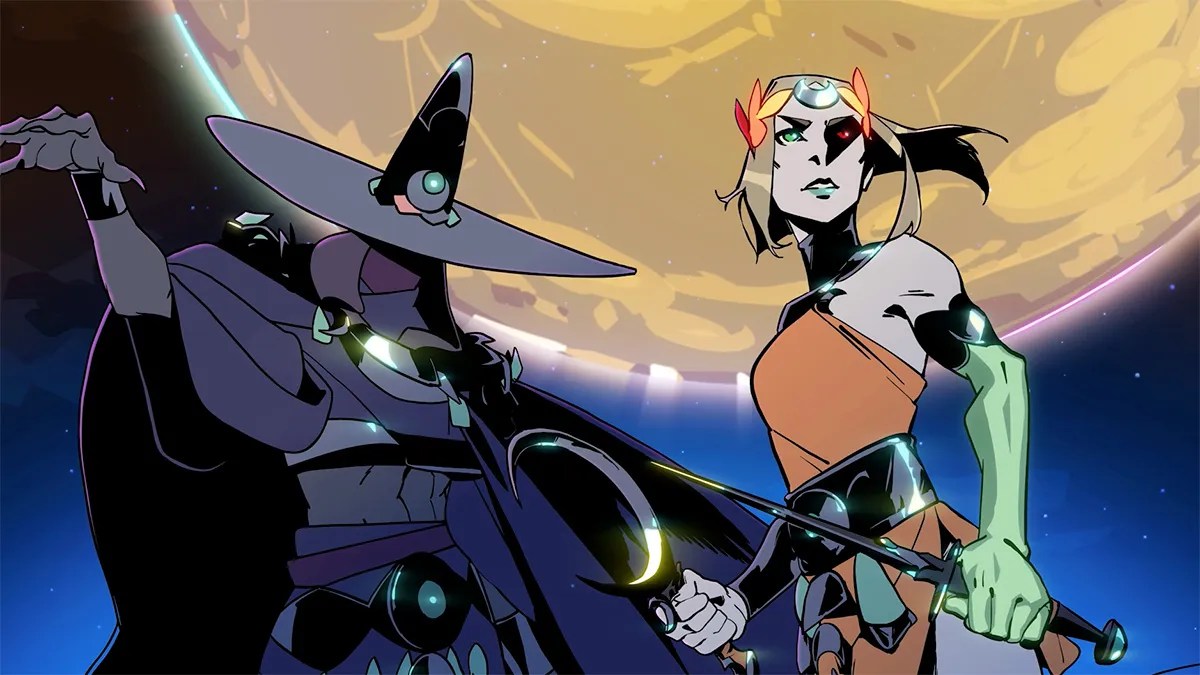The Underlying and Ongoing Controversy of DLC
If you want to set the Internet on fire, simply pop into a gamer forum and state your opinion on DLC, or downloadable content. It really doesn’t matter if you address it in a general context or focus on a single title that employs what you feel is “unfair”; someone will disagree with you. With strong stances on either side of the coin on what’s fair and what’s not, the question is, what can developers do to make people “feel better” about DLC? One word: transparency.
Since DLC’s quality and value are subjective at best (when people aren’t outright punching each other out over it), it can be taken as a warning sign that developers need to clearly state what value their DLC provides and how much it will cost. In the mobile gaming realm, transparency is severely lacking, with purchase options made available with little context as to why and sometimes outright stopping gameplay until the user makes a choice.

The tiniest X in existence.
When DLC Isn’t So Good…
In regards to console/handheld gaming, DLC is not always clearly communicated when a game hits the eShop. One recent example I experienced is Mighty Gunvolt, released August 29, 2014. When I first came across this title, I noticed that it was on special for only $2.49. Reading the description, I bought the game on the premise that I was getting a “full” game. It wasn’t until after I downloaded it that I discovered that it was first available as a free download for those who purchased Azure Striker Gunvolt from the eShop and that it only had 5 levels, with the rest available as DLC.

Mighty Gunvolt? I love you, man, but…
In the end, I walked away feeling somewhat cheated, even though I truly enjoyed the game. Yeah, I could have replayed the game as another character, but the differences are so mild that it’s hardly noticed. The characters offer different attacks, but the enemies continue to show up in the same places and boss fights lose their luster after you learn their attack patterns. In short, I felt that the game was artificially short (one could argue that the price matched the content) and that the rest of the content was hidden behind paywalls that didn’t necessarily belong there. Others on Metacritic tend to echo this sentiment, as well.
What made this even more jarring is that it was not stated on the eShop page that the game had DLC and didn’t provide a clear enough description of what people would be buying if they hit “Download”. Had I known that I was only going to receive 5 static levels to play, I may have reconsidered my choice to buy it. As a gamer, I felt cheated; as a buyer, I felt misinformed. Bottom line: I feel that Mighty Gunvolt is a great game that would benefit from providing all of its content on download (which I would gladly pay $9.99 for), or offering the content as unlockables gained through in-game achievements.
DLC Can Be Good
Granted, not all DLC can feel or appear “janky” or criminal. For example, New Super Luigi U was offered as downloadable content on New Super Mario Bros. U. For anyone who’s played New Super Luigi U, they quickly realized that it was not a gimmick, but almost a whole game within itself…without Mario! The eShop price point is currently $19.99, and offers: 1) greater difficulty, 2) Luigi’s unique jumping mechanics, and 3) 82 new courses. For $19.99, this would be considered a great bargain, but was not a requirement to enjoy the original New Super Mario Bros. U to its full extent and gave players the option to experience the core game in a new, exciting way.
If you haven’t checked this out, it’s totally worth it!
So what makes DLC “good”? I would personally say that anything that: 1) adds a comparable value for what’s being charged, and/or 2) offers an extension of the full, core game. I, and others, feel that games like Mighty Gunvolt failed in this aspect because the game felt too short (even if the content matched the price), but that doesn’t mean that we wouldn’t buy the full game at a higher price point with the option of buying DLC post-release as it rolls out.
Prosperity and Success for All
Another gripe for disenfranchised gamers who may not be able to necessarily afford all of the DLC offered in-game is that they cannot grind fast enough for resources to compete with paying players. World of Tanks offers players the ability to purchase premium tanks that gives them a distinct advantage over “free” players. For example, the TOGII are literal “tanks” in that they can take an insane amount of damage and in a 1v1 situation, a Tier 6 “heavy” would eventually be worn down by a Tier 6 TOGII in a battle of sheer attrition. The skill level of the “free” player almost doesn’t matter when going against a TOGII.
So Strong!
Another advantage available to premium players is “gold rounds”, which have 25% better armor-penetrating capabilities than those available to “free” players. This may leave a sour taste in the mouth of “free” players who have to virtually grind for hours to earn enough in-game currency, but for “premium” players who may not have the time to invest in obtaining in-game buffs naturally, it’s a fast way to improve their capabilities with real-world money.
One game that has attempted to bridge this gap in a fairer manner is ArcheAge. Patron, or premium, players do obtain labor points at a faster rate of 10 labor points per 5 minutes, with a 5,000 point cap than free players, who obtain 5 labor points per 5 minutes with a 2,000 point cap. Labor points are required to do anything in-game that is considered “crafting”, whether it’s building a house, gathering a harvest or planting trees.
Sounds fair to me.
But what makes ArcheAge so awesome is that patron players can still receive certain advantages, such as owning a plot of land and earning more labor points faster than free players, but free players can still enjoy the game and not feel like their being punished for not paying. Treating free players fairly and still giving them value is an important aspect of creating brand loyalty, as well as encouraging free players to “ante up”.
Developers Can Help Bring Cohesiveness
So how can developers help? Simply communicating the purpose and value behind their DLC is a good starting point. As a buyer in almost any other realm of life, gamers want to know what they’re buying into if they choose to do so. By simply writing a detailed description of the DLC’s content, setting a fair price (it’s market value determined by comparable products), and adding it in a manner that extends the experience of the game post-release would do wonders for an industry divided.
To help drive this point home and entertain at the same time, I’ve written a haiku that would serve well to be posted above every developer’s workstation:
Devs, Listen, Take Heart
Transparency is Crucial
Whether their platform is Steam Greenlight, Twitter or Facebook, developers have an almost endless number of platforms where they can engage and inform their customers. Just like in the all other facets of consumer goods, people like to know what they’re buying before they jump in and above all, not feel forced to do so. In short, developers would do well to be aware of their’s and others’ emotions so that they can interact effectively and clearly with their customers to help reduce confusion and boost their brand’s image.
During this entire last week, I’ve learned just how divided the gamer base is in regards to DLC. I’ve had multiple discussions with other gamers in all walks of life, and the only conclusion I can draw at this time is that this derision can be effectively fixed at the source. Instead of fighting among each other, developers can do much to bring us all together by practicing transparency.

